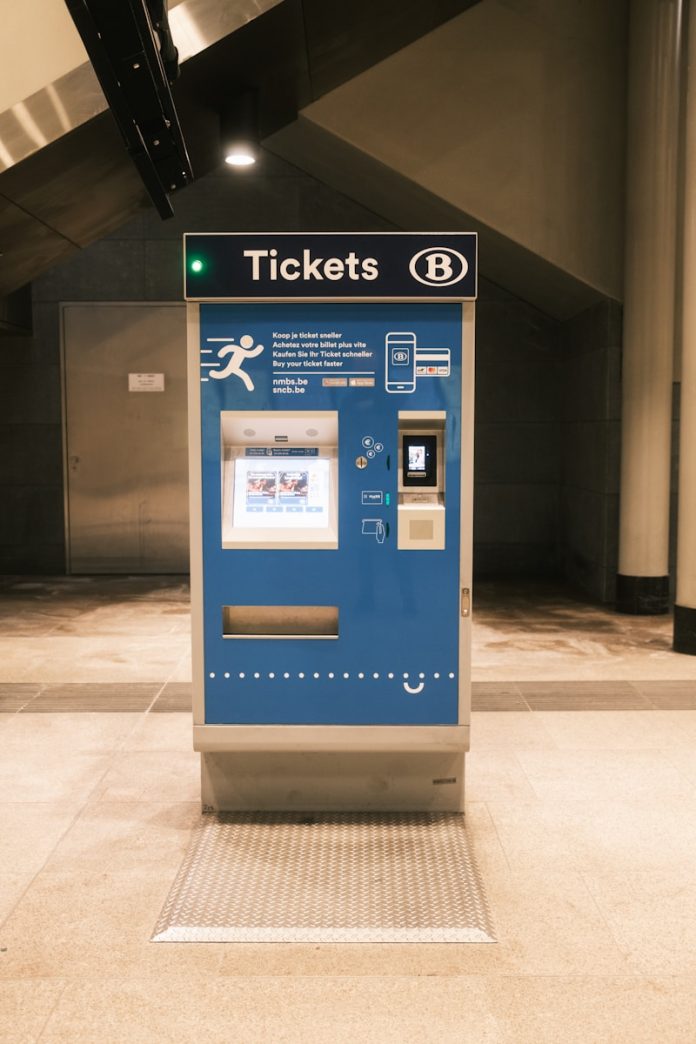In an increasingly digital world, waiting in line is no longer confined to traditional physical spaces like theme parks or retail stores. Virtual queues have become an essential part of our online experiences, allowing users to “wait in line” for services, events, or product drops from the comfort of their own homes. Whether it’s securing tickets for a highly anticipated concert, purchasing limited-edition sneakers, or logging into an online game during peak hours, virtual queues are now a fundamental part of online interactions. But despite their convenience, these systems often come with their own set of challenges. Understanding how virtual queues work and mastering the strategies for optimizing your experience can make the difference between success and frustration.
Understanding Virtual Queues: What Are They and How Do They Work?
A virtual queue, at its core, is a digital version of the traditional waiting line. Instead of physically standing in a queue, users are placed in a virtual one, where their place in line is managed by a software system. Virtual queues are typically employed to regulate traffic and prevent server overload, ensuring that users have a smooth experience even when there is high demand for a product or service. The system assigns each participant a virtual spot in the queue and provides an estimated wait time.
One common application of virtual queues is in the e-commerce space, especially during product launches or high-demand sales. For instance, when a popular sneaker brand releases a new collection, millions of people often try to buy the same product at the same time, causing online traffic to spike. By using a virtual queue, companies can limit the number of people accessing the website at any given moment, ensuring that the servers don’t crash while still allowing users a fair shot at purchasing the item.
Another widespread use of virtual queues is for access to online events, including ticket sales for concerts or theater shows, and even virtual waiting rooms for popular online games. The virtual queue allows event organizers to stagger access, preventing crashes and ensuring that the most eager fans can secure their spots.
Key Benefits of Virtual Queues
There are several key advantages to virtual queues over traditional waiting in line, both from the perspective of consumers and service providers.
Convenience: The most obvious benefit is the convenience of not having to physically stand in a line. Virtual queues allow users to continue with their day while waiting for their turn, be it to purchase concert tickets, access an online event, or buy a product. You can simply check your position in the queue through an app or website, freeing up time that would have been spent standing in line.
Fairness: Virtual queues help ensure fairness by giving everyone an equal opportunity to access high-demand resources. By assigning each participant a random position or managing the queue dynamically, companies can avoid issues of “bots” or unfair advantage, which can often occur in manual systems.
Reduced Server Load: From a business perspective, virtual queues help manage high traffic, ensuring that the website or application remains functional during peak times. This allows businesses to better allocate resources and prevent technical issues, such as slow loading times or site crashes.
Transparency: Virtual queues often provide real-time updates on the wait time, giving users clear expectations about when they can access the service. This reduces anxiety and prevents people from endlessly refreshing a page, which can cause additional strain on the system.
Challenges of Virtual Queues
Despite their advantages, virtual queues are not without their challenges. For consumers, it can be frustrating to wait for access, especially when there is little to do during the wait time. Additionally, some virtual queues are more complex than others, with varying rules for entry, waiting time, and access.
For businesses, virtual queues require a sophisticated back-end system to handle the load and ensure that users can be processed efficiently. A poorly designed system can result in glitches, bottlenecks, and unnecessary delays. Another challenge for companies is maintaining fairness in the queue, as some users may attempt to game the system through the use of bots or multiple browser tabs.
Strategies to Master the Virtual Queue
While there are no guarantees when it comes to virtual queues, several strategies can increase your chances of success and ensure a smoother experience. Mastering these techniques can make all the difference when you’re trying to secure that hard-to-get item or gain access to a much-anticipated event.
Understand the Queue System: Each virtual queue is different, so it’s important to familiarize yourself with the rules and guidelines for the specific service you’re trying to access. Some queues may allow you to join early, while others might require you to wait until the designated start time. Read all the instructions and follow them carefully. Missing a step could result in being sent to the back of the queue or losing your spot entirely.
Log In Early: The earlier you join the queue, the better your chances of securing a spot. This is especially true for high-demand sales or events. Many companies allow users to enter the virtual queue before the official start time, so make sure you’re ready well ahead of time. Log in to the website or app at least 10-15 minutes before the queue is scheduled to begin to ensure that you don’t miss out.
Be Prepared: Having everything ready beforehand can streamline the process. For online product releases, make sure your payment information is saved and your shipping address is up-to-date. This will save you valuable time once you gain access to the website. For ticketed events, ensure that you have any necessary accounts created and logged in. The faster you can complete the process, the better your chances of success.
Use Multiple Devices or Browsers: While this doesn’t always guarantee a better spot in line, using multiple devices or browsers can increase your odds of getting in. Some people opt to open multiple tabs or use different devices (e.g., a phone and a laptop) in an attempt to join the queue more than once. However, this should be done cautiously, as some systems may disqualify you if they detect multiple attempts.
Stay Informed: While you wait in the queue, stay updated on your position and any changes to the expected wait time. Most virtual queues provide real-time information, including your place in line and estimated wait time. If there’s an issue or a delay, this transparency can help you decide whether to wait or try again later.
Refresh Sparingly: Some users mistakenly believe that refreshing their browser constantly will help them jump ahead in the queue. In fact, this often leads to a worse experience, as refreshing can trigger a system error or push you further down the list. Let the queue progress naturally and check for updates only when necessary.
Set Alerts for Sales or Events: Many companies offer sign-up alerts for product launches or event tickets. By signing up for notifications, you can be one of the first to know when a queue opens, giving you a head start in the race to secure your spot.
Stay Calm and Be Patient: While virtual queues can be frustrating, it’s important to remember that they exist to ensure a smooth and fair process for everyone involved. Stay patient, and don’t let the pressure of competition rush you into making a mistake.
The Future of Virtual Queues
As the world becomes more reliant on digital infrastructure, virtual queues are likely to become even more widespread. Companies may introduce more sophisticated systems, such as dynamic queues that adjust based on user behavior, or multi-stage processes that prioritize high-value customers. With the rise of AI and automation, virtual queues may also incorporate predictive models to better estimate wait times or offer personalized experiences.
Ultimately, virtual queues represent a necessary evolution in the way we interact with digital services. By understanding how these systems work and employing strategies to maximize your chances of success, you can master the virtual queue and enjoy a seamless online experience.


